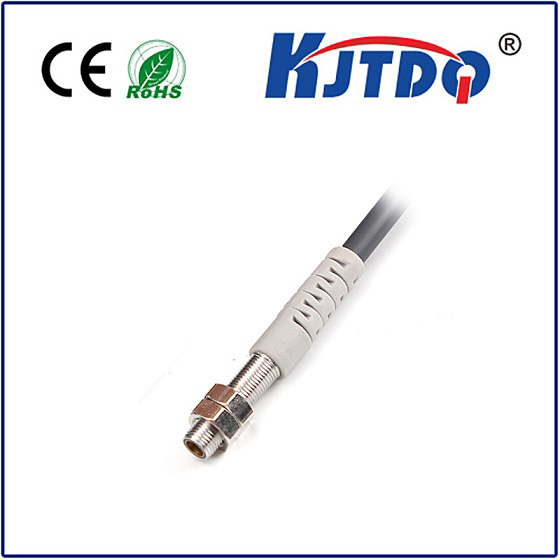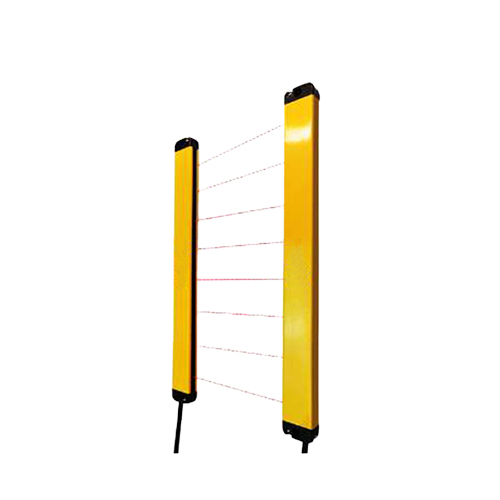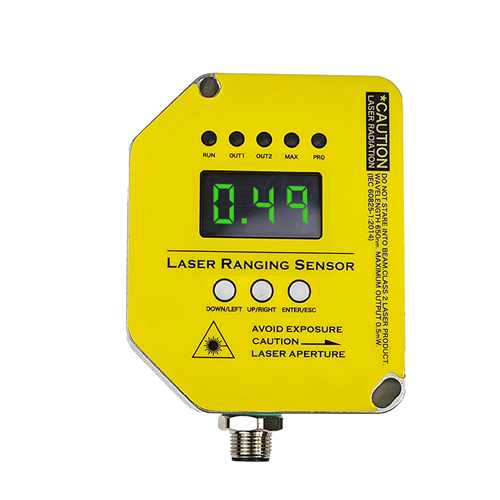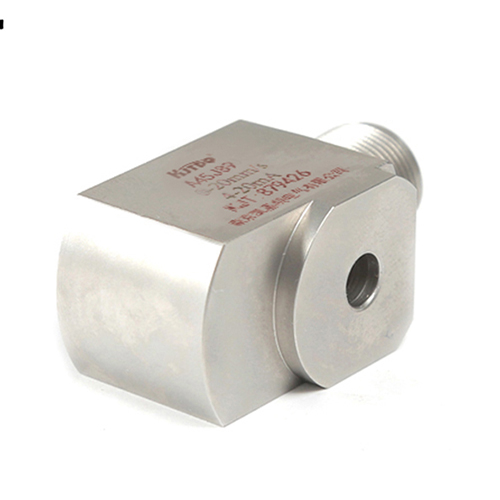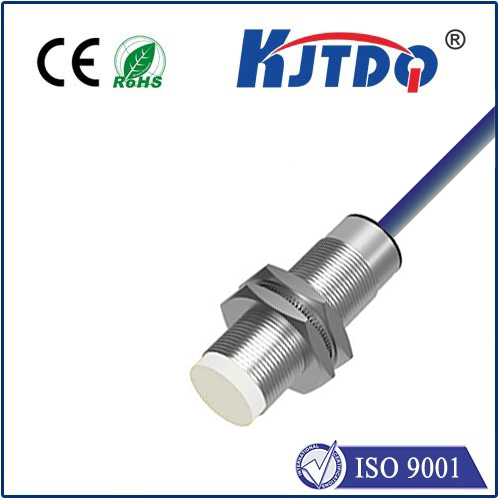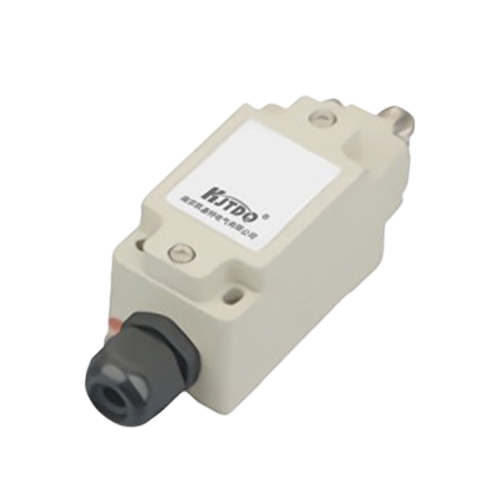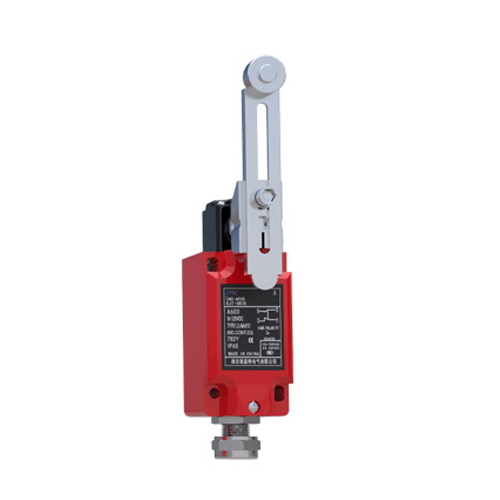BKPT1-12-30 Pull rope switch
- time:2025-09-23 04:28:05
- Click:0
BKPT1-12-30 Pull Rope Switch: Your Essential Emergency Stop Solution
Imagine this: A loud bang echoes near a high-speed conveyor. A worker’s sleeve snags, pulling them dangerously towards the machinery. But disaster is averted. Fingers scramble, grasp a brightly colored rope, and yank. Instantly, the relentless motion ceases. This critical intervention is the life-saving function of the Pull Rope Switch, and specifically, models like the BKPT1-12-30 Pull Rope Switch.
In the demanding landscape of industrial automation, where heavy machinery operates at formidable speeds, safety is paramount. Conventional stop buttons, while vital, have limitations. They require an operator to be at the control point. This is where emergency pull cord switches, like the BKPT1-12-30, become indispensable. These devices provide a fail-safe, immediately accessible emergency stop mechanism along the entire length of a machine or conveyor system. Understanding their design, function, and importance, embodied by specific models such as the BKPT1-12-30, is crucial for any safety-conscious facility.
What Exactly is a Pull Rope Switch?
At its core, a pull rope switch is a safety interlock device designed to shut down machinery in an emergency. It consists of a sturdy sheathed cable or wire rope, typically vivid yellow or red for high visibility, running parallel to the path of potential danger. This rope is anchored securely at both ends and threaded through a series of tensioned actuating units, known simply as pull switches or rope pull switches, mounted along its length. The key component within each switch is a mechanically-latching contact mechanism, usually spring-loaded. Applying force to the rope – typically requiring only a moderate pull in any direction – triggers this mechanism, instantly opening (or changing state of) the safety contacts within the switch. This critical signal travels directly to the machine’s safety controller or main power circuit, cutting power and halting motion.

The Vital Role of the BKPT1-12-30 Pull Rope Switch
The designation “BKPT1-12-30” signifies more than just a model number; it represents specific technical parameters crucial for correct application:
- Actuation Force & Travel: The “30” likely indicates the required pull force (often measured in Newtons or Kg-f) or the maximum travel distance (in mm) needed to trip the mechanism. Understanding this ensures reliable activation even with gloves on.
- Contact Configuration: The “12” often refers to the contact arrangement – likely indicating 1 Normally Open (NO) and 2 Normally Closed (NC) contacts, or vice-versa. This flexibility allows integration into various safety circuits requiring positive opening contacts per standards like IEC 60947-5-1 or EN 60947-5-1. Positive Opening is non-negotiable for safety devices.
- Enclosure & Durability: Designed for harsh industrial environments like mining, material handling (conveyor belt systems), or packaging plants, the BKPT1-12-30 typically features a robust IP65 or IP67 rated enclosure. This assures protection against dust ingress and powerful water jets – essential for reliability near machinery. Its construction must withstand vibration, impacts, chemicals, and significant temperature fluctuations.
- Manual Reset: Crucially, after tripping, the BKPT1-12-30 requires a manual reset. An operator must physically reset the switch at its location. This fundamental feature prevents automatic restart after an emergency stop event, ensuring personnel investigate the cause of the stop before machinery restarts.
Where Safety Pull Cord Switches Are Non-Negotiable
The BKPT1-12-30 Pull Switch finds its critical applications wherever long stretches of machinery pose an access hazard:
- Extended Conveyor Systems: The most common application. Allows operators anywhere along the line to stop the entire system instantly if someone is caught, material jams dangerously, or a fire starts. Protects personnel working on or near the belt.
- Processing Lines: Involving complex machinery like crushers, mills, extruders, or large mixers where access points for conventional stops are limited. Provides a continuous emergency stop boundary.
- Material Handling Equipment: Along large sorting systems, automated warehouses, or palletizing lines where personnel might need to intervene unexpectedly.
- Access Walkways: Installed along gantries, platforms, or elevated walkways adjacent to moving machinery.
Beyond the Rope: Key Features for Reliable Safety
Choosing and implementing a safety rope pull system like the BKPT1-12-30 demands attention to detail:
- Rope Tension Monitoring: Many systems, including configurations using BKPT1-12-30 switches, incorporate tension monitoring. A slack rope – perhaps due to breakage or detachment – is detected as a fault, triggering a safety shutdown to maintain the integrity of the emergency stop circuit. This is essential for preventing undetected system failure.
- Self-Monitoring Contacts: High-reliability pull switches often include self-monitoring features within their contact blocks to detect potential welding or failure states, enhancing overall Functional Safety levels (potentially up to SIL 2⁄3 or PL d/e according to ISO 13849-1 or IEC 62061).
- Rigorous Wiring and Integration: Wiring must comply strictly with safety standards, utilizing monitored safety relays or controllers. All contacts form part of the safety chain. Redundant circuits and cross-monitoring are often employed.
- Strategic Placement: Switches must be positioned at intervals ensuring an operator is never more than a few steps away from a pull rope. The rope height should be easily accessible (typically between 0.8m and 1.7m above the operating level).
Ensuring Lifesaving Performance: Inspection and Maintenance
A pull rope switch is only as good as its last test. Regular inspection and maintenance are mandated:
- Visual Checks: Daily or weekly inspections for rope damage (cuts, fraying, kinks), proper tension, unrestricted movement through guides, clean and intact switch enclosures, and legible signage (”EMERGENCY STOP”).
- Functional Testing: Periodic testing (frequency defined by risk assessment, often monthly or quarterly) where the rope is pulled at various points to verify immediate machine shutdown and that the manual reset functions correctly. Documentation of these tests is vital.
- Tension Verification: Ensuring the rope maintains the correct tension. Slack ropes require adjustment per manufacturer specifications.
The BKPT1-12-30 Pull Rope Switch represents a critical, standardized component within a larger industrial safety ecosystem. It embodies the principle of providing an immediate, accessible, and reliable way to halt dangerous machinery, effectively placing an emergency stop button within arm’s reach along potentially kilometers of equipment. Understanding its specifications, correct application, installation requirements, and maintenance regime isn’t just about compliance; it’s a fundamental commitment to protecting human life in demanding industrial environments. When seconds count, a well-maintained safety pull cord enabled by robust switches like the BKPT1-12-30 makes







